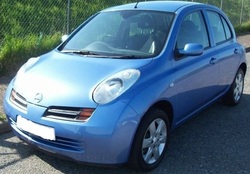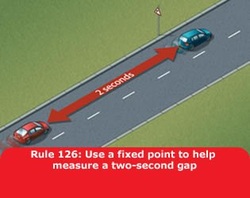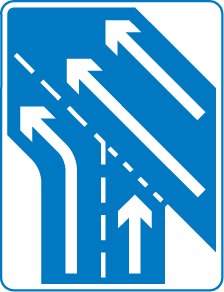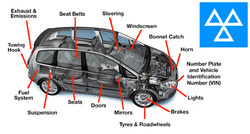Nissan has been forced to recall about 841,000 vehicles worldwide due to a faulty steering wheel.

The Japanese car manufacturer said it would recall models of the Micra, produced in Britain and Japan between 2002 and 2006 and the Cube, which was produced in Japan around the same period.
The discovery will affect about 133,869 models of the Micra in the UK.
The carmaker said that it will fix the issue by tightening the bolts or replacing steering wheels entirely.
So far, no accidents involving the cars have been reported, Nissan said. But drivers will notice if the steering wheel is getting loose, the company added.
A Nissan Motor GB spokesman said: "Over time, the nut that holds on the steering wheel can become loose. Drivers could start notice some wobbling of the wheel and if this is ignored there is the possibility that it could come completely off."
"There have been a few incidents of steering wheels becoming loose, but there have been no accidents," he added.
Nissan has said that the repair would take about 15 minutes.
Earlier this month, Nissan recalled 500,000 vehicles globally over a defect in passenger airbags.
If you do have a nissan micro do get it booked asap go to your nearest Nissan centre asap or go to http://www.nissan.co.uk/vehicles/city-cars/micra.html?cid=ps-63_297325#vehicles/city-cars/micra
1st 5 Driving Lessons for £50 in Birmingham, London, Hertfordshire





 RSS Feed
RSS Feed